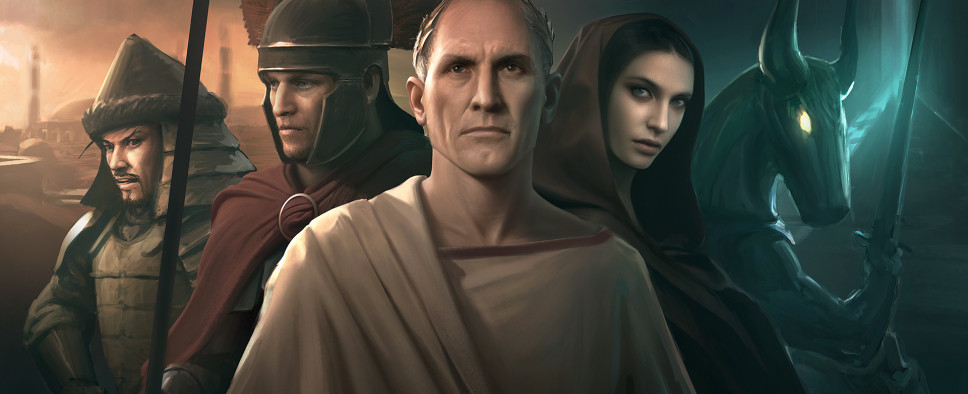The Age of Decadence Review
-
Category: ReviewsHits: 25771

Article Index
The player almost never has a chance to be clever in The Age of Decadence. The designers had clearly a lot of fun coming up with interesting options, but there is no way to divine what they will be ahead of time, and they are always the only options available. The game has no core loop, because that requires unrealistic concessions to gameplay over gritty storytelling, and also lacks gameplay-driven systems outside of combat, which is completely optional.
As a result, The Age of Decadence feels like a Frankenstein game held together by duct tape. There is the Choose Your Own Adventure game with skill checks, the isometric RPG with empty maps and almost no interactive element, the turn-based combat simulator, and even the dungeon crawler, in a very limited number of locations, and none of them feel like part of the same game.
In fairness, there are wildly different gameplay systems and scenarios in most RPGs too, but most of them tie them together far more elegantly. Even uninspired RPGs can work simply because they mimic the same loop that was pioneered by far better titles. The Age of Decadence is a game that lacks many classic RPG staples like loot and random encounters by design but also lacks a clear idea of how to replace them. It removes and adds from a baseline, but the experience should have been rethought from the ground-up.
As a thought experiment, I tried to imagine how The Age of Decadence would look if it was presented mostly through text, and the battles were the only element to use the 3D isometric controls. It wouldn't need many changes at all. The game doesn't take advantage of the unique opportunities provided by an isometric camera and explorable 3D areas at all.
A lot of craft is on display in the game's minute details, and a lot of thought went into its system. That's exactly why it's so disappointing that the way the experience works as a whole didn't receive the same attention.
Graphics, Soundtrack, Technical Features
The Age of Decadence's soundtrack is fantastic. It doesn't include a lot of tracks, but the ones that exist do a fantastic job at evoking the mood and texture of the setting. Just listening to them immediately conjures images of dying towns and hopeless peoples, barely echoes of the grandeur that came before.
The art style doesn't quite live up to the images conjured by the soundtrack, however. The concept art used during the loading screens is great, although stylistically not quite cohesive, but the poor polygon-starved environments and characters detract significantly from the presentation, an issue further compounded by the few clumsy animations included. Torque is an old engine and, well, it shows.
In spite of the game's 11 years of development, The Age of Decadence feels slightly unfinished too. Most background NPCs don't even have a line of dialogue, the ambient sounds are sparse, and there is very little movement in the game's cities, even when the text portrays them as bustling with life, trade and commerce. The game also lacks fog of war or any other way to hide visual imperfections, and that's something that would have really helped with some maps. For example, the initial location is conspicuously surrounded by a black void.
Finally, while the game's scripting holds up surprisingly well in spite of the many, many branches, the game has a serious problem with crashes. They happened very frequently during my playthroughs and most often while transitioning to a new area.
Conclusions
The Age of Decadence has value in a post-Kickstarter world because it does what no other crowdfunded RPG has done: it toys with the very structure of the genre. Sure, it wears its inspirations on its sleeve, but it's ultimately its own thing.
However, the problem with experiments is that they don't necessarily all give good results, and The Age of Decadence is very much a failed experiment.
Sure, it's a game that has much to offer. It includes a completely optional sidequest that can only be found by repeatedly perusing the services of a town healer and allows players to confuse stone demons by using the demon's own logic against it. It even offers an entire story path focused on the study of history and its practical applications.
But its praiseworthy elements don't quite work together in concert and the game ends up feeling schizophrenic as a result.
Unfortunately, it just doesn't quite work.

